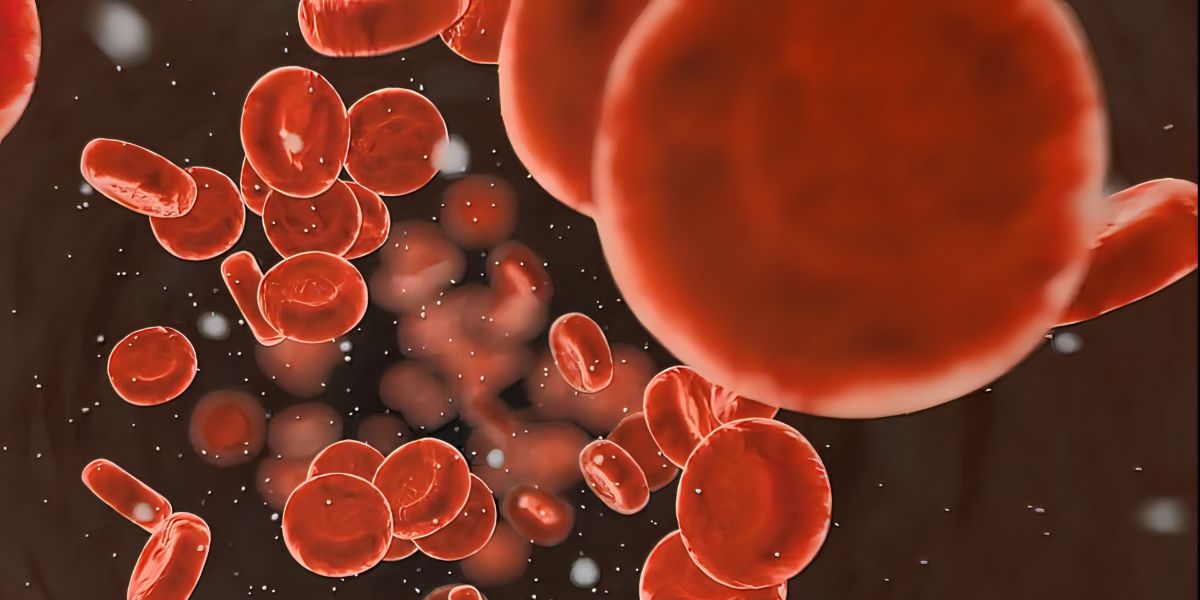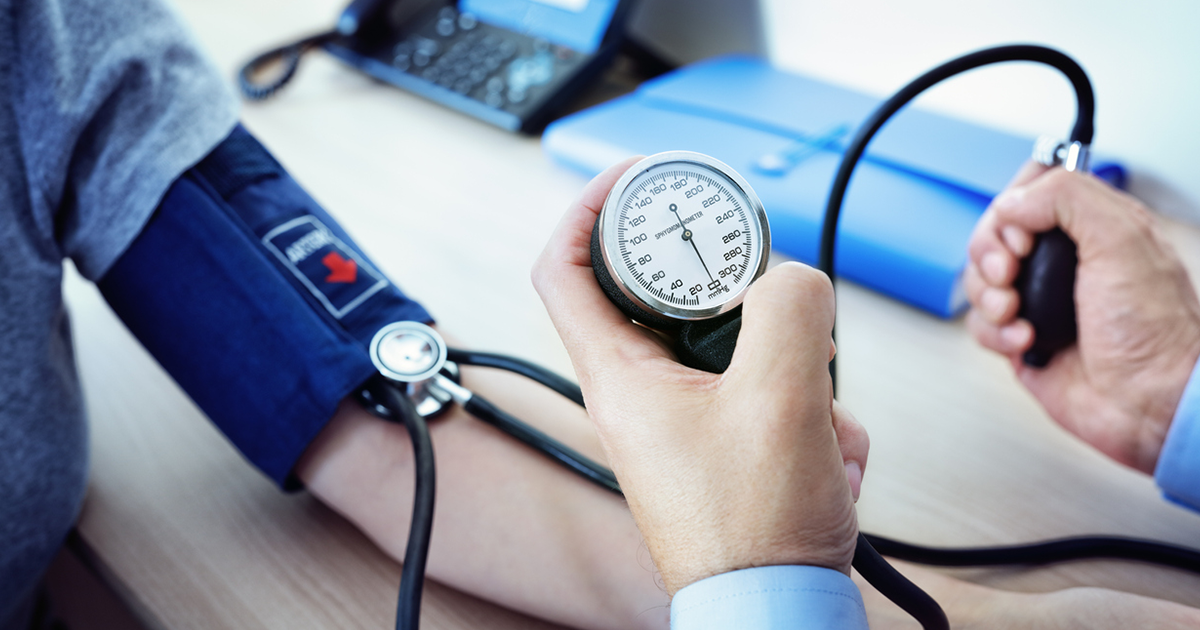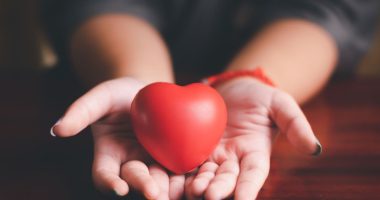Hyperosmolar Hyperglycemic Nonketotic Syndrome (HHNS), also known as Hyperosmolar Hyperglycaemic State (HHS) is a dangerous condition resulting from very high blood glucose levels.
HHNS can affect both types of diabetics, yet it usually occurs amongst people with type 2 diabetes
Usually, HHNS is brought on by an illness or infection.
What are the major warning signs of HHS for people with diabetes?
- Dry mouth
- Elevated blood sugar levels
- Extreme thirst
- Warm skin without sweat
- Fever
- Confusion or feeling sleepy
- Vision loss
- Hallucinations
- Nausea
- Weakness down one side of the body
Who is at risk of Hyperosmolar Hyperglycaemic State?
Periods of illness can significantly raise blood glucose levels, which could lead to Hyperosmolar Hyperglycaemic State (HHS) if medication is not sufficient to lower sugar levels.
Having blood glucose levels above 33 mmol/l (600 mg/dl) for extended periods of time presents a risk of HHS occurring.
Some serious complications of diabetes, such as Hyperosmolar Hyperglycemic Nonketotic Syndrome (HHNS), usually manifest themselves amongst older people, who may be less aware of high blood glucose levels and how to treat them.
What happens to diabetics who get HHNS?
When HHNS affects a person with diabetes, blood sugar levels rise and the body passes excess sugar into the urine.
This causes regular bathroom trips, and over time this affects the colour of the liquid.
Dehydration can occur if you do not drink liquid regularly, and this can become severe and lead to coma, seizures and even death.
What is the best way for people with diabetes to avoid HHNS?
If you keep on top of your blood sugar levels, it is possible to avoid HHNS. By checking blood glucose regularly, people with diabetes can take action if a reading falls outside their target blood glucose range.
Your healthcare professionals should be able to advise on an effective blood glucose range and what to do if your readings fall outside of it.
If blood glucose levels are high and you experience the symptoms of Hyperosmolar Hyperglycemic Nonketotic Syndromen, keep yourself hydrated and seek medical help.





